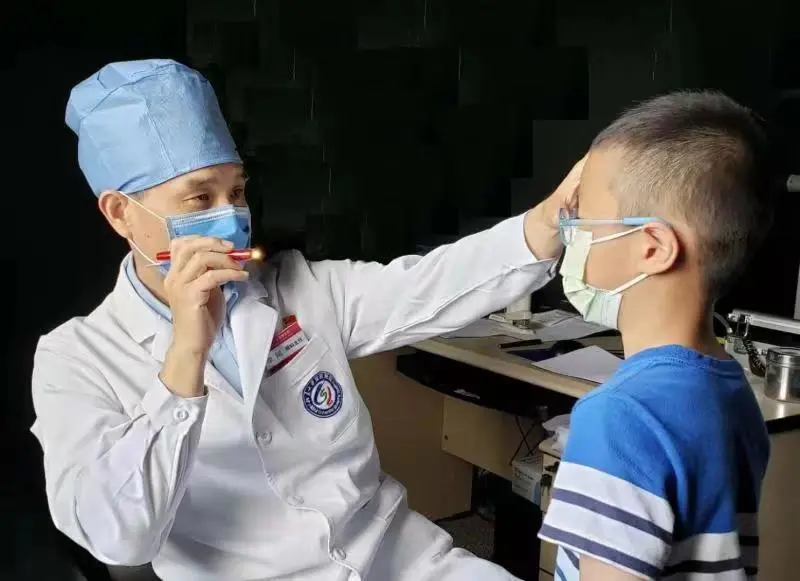"Informed AI News" is an publications aggregation platform, ensuring you only gain the most valuable information, to eliminate information asymmetry and break through the limits of information cocoons. Find out more >>
The global problem of childhood myopia is becoming increasingly severe, and the reduction in outdoor activities is exacerbating the trend.
- summary
- score

Childhood vision problems are becoming increasingly severe, with one in three children worldwide suffering from myopia. During the COVID-19 pandemic, increased screen time and reduced outdoor activities have exacerbated this trend. By 2050, myopia could affect more than half of the world's teenagers.
Asia has the highest rates of myopia, with Japan and South Korea reporting rates of 85% and 73%, respectively. China and Russia also exceed 40%. Paraguay and Uganda have the lowest rates, around 1%. The United Kingdom, Ireland, and the United States report rates of about 15%.
Myopia typically begins in elementary school and stabilizes around the age of 20. Genetic factors, early education, and prolonged close-up work are the main causes. Outdoor activities can reduce the risk of myopia, but the reasons are not fully understood.
Myopia cannot be cured, but it can be corrected with glasses or contact lenses. Special lenses can slow the progression of myopia in young children but are expensive.
High rates of myopia could lead to an increase in eye diseases among the elderly. Signs of myopia include difficulty reading distant text, sitting close to the TV or computer, headaches, and frequent eye rubbing.
Parents should monitor their children's vision and have them checked between the ages of 7 and 10. Myopia has a hereditary component, and children of myopic parents are three times more likely to develop myopia.
| Scores | Value | Explanation |
|---|---|---|
| Objectivity | 5 | 内容较为客观,平衡了不同观点,但略偏向一方。 |
| Social Impact | 5 | 内容引发了广泛的社会讨论,显著影响了公众意见。 |
| Credibility | 5 | 内容完全可信,证据充分,来自权威来源。 |
| Potential | 6 | 内容具有极高的潜在影响,几乎必然导致重大变化或事件。 |
| Practicality | 4 | 内容非常实用,可直接应用于实际问题。 |
| Entertainment Value | 2 | 内容略显单调,但包含一些娱乐元素。 |